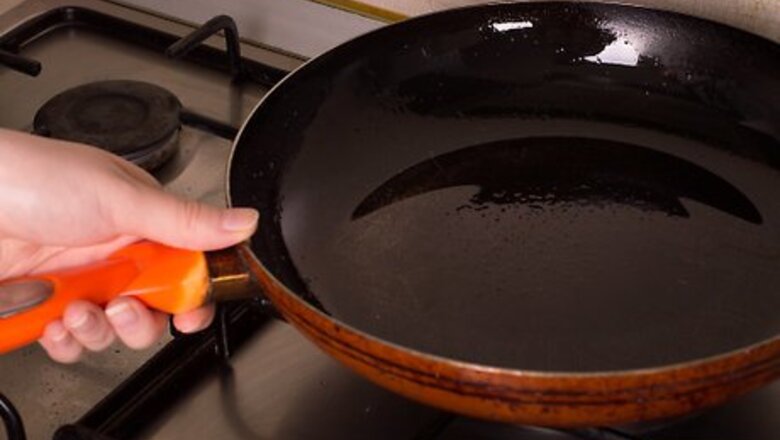
views
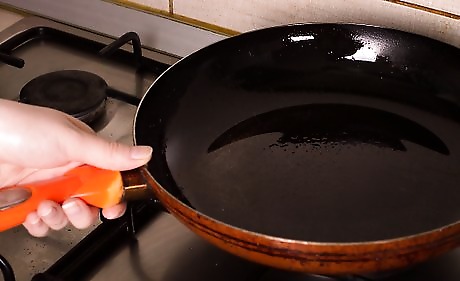
Place a pan on an even burner and begin with a burner temperature just below medium heat. Use a pan with enough space to allow for some running between eggs. Avoid frying more than three eggs at a time. Watch the temperature as you cook. Be on the safe side - turning down the heat a little is better than too much heat. A burned egg isn't appealing.
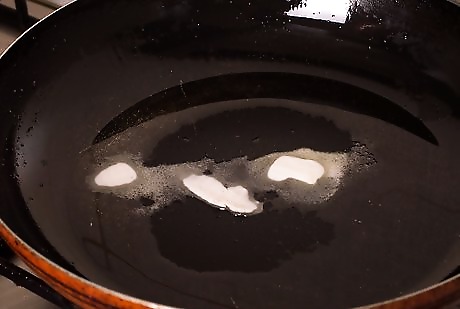
Within a few minutes of turning the burner on, spray olive oil (see the tips section on this) or place three tablespoons of melted butter into the bottom of the pan. Monitor the burner temperature to avoid browning the oil or butter.
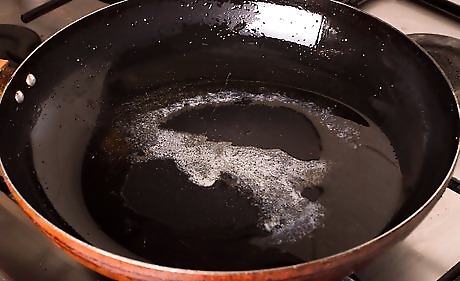
Allow the pan to heat, but not so much as to cause the oil or butter to burn. A lower temperature is better; too high, and you will burn the oil and eggs quickly.
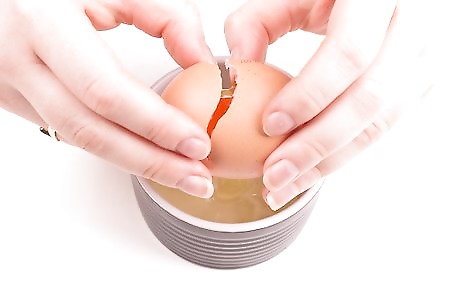
Break the first egg into a small dish or bowl and then lower the dish into the hot pan and gently pour the egg into the pan. You should hear a slight sizzle, but there shouldn't be popping or violent splattering occurring.
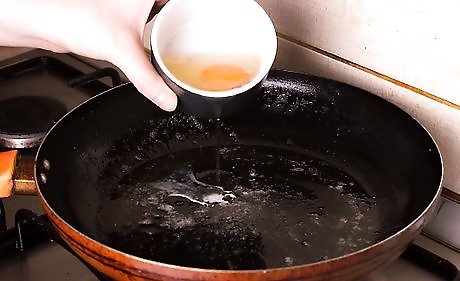
Continue to break up to three eggs, one at a time, into the dish and transfer them to the pan. Do this quickly so your eggs will finish at approximately the same time.
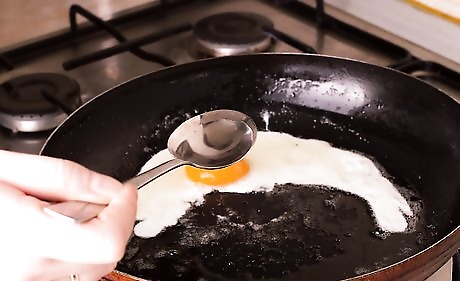
After one or two minutes of cooking, take the cover for the pan and run approximately one to two tablespoons of tap water into its underside. Pour this water into the pan, but not directly onto the eggs. Then put the lid on the frying pan and cook the eggs for four to seven minutes, depending upon the heat. The water will create a hood over the egg yolks. (You can also melt butter and spoon it over the egg yolks and then put the pan lid on to create approximately the same effect, but with a much higher calorie count.)
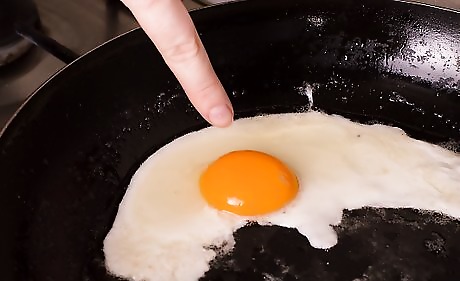
Observe the hardness of the yolk by lifting the pan lid from time to time. When the desired "doneness" is near, remove the lid of the pan so that the remaining water can evaporate. The goal is to have a well-cooked egg without the crispy edges -- that may take some practice, but once you've found the right burner setting, remember what it is. The water helps to provide a moist cooking environment so the oil is never allowed to directly burn the egg.
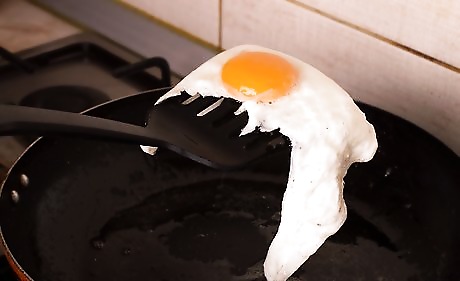
Use the spatula (and this is the first and only time you should have to use the spatula) and gently lift the eggs out onto a plate.











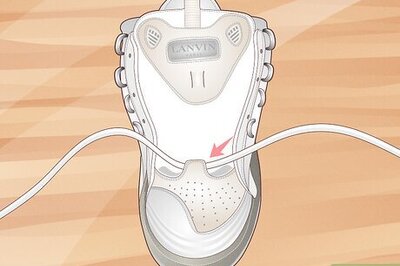



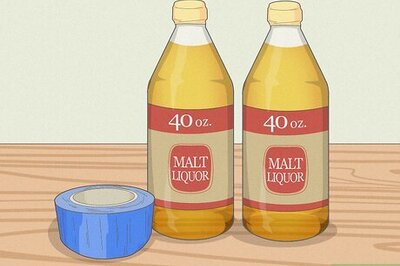



Comments
0 comment